by David Michlovitz
Much has been written about the great figures of the American Revolution, and many notable personalities of the era have left extensive writings recording their respective roles. George F. Scheer, the eminent Revolutionary War scholar, however, notes the value of a different perspective, one offered by Pvt. Joseph Plumb Martin:
[text_ad]
A Rare First Person Account Of Revolutionary War
“Revolutionary diaries and journals are to be found in profusion, but only a few memoirs or autobiographies of private soldiers have weathered the ravages of time, and the handful that have done so are by and large, disappointingly meager, fragmentary or brief. None compares with Martin’s Narrative in scope, detail, or intent. It is, in my opinion, far and away the best of all first person accounts of the life and times of a private soldier in the Revolution.”
Martin was born in the town of Becket in western Massachusetts in November 1760 to 28-year-old Ebenzer Martin, a Yale graduate and ordained minister of a Congregational Church, and Susanna Plumb, the daughter of a prosperous farmer from Milford, Conn. Martin was sent to live with his maternal grandparents at age 7 when his father was forced to quit his ministry and move on to Ashford, Conn.
From Farm Boy To Solider In The Continental Army
Working on his grandfather’s farm, Martin, like many young men his age, was caught up in the excitement of the conflict. Martin first joined up with Samuel Peck’s 3rd Company of William Douglas’s 5th Battalion of James Wadsworth Jr.’s Brigade of new levies. These were six-month Connecticut State Troops raised to augment the Continental Army. While a member of the levies, Martin saw his first combat in the 1776 New York Campaign. He witnessed the debacle at Long Island on August 27th, the American rout from the British landing at Kip’s Bay in September, and the small but morale-boosting American victory in the skirmish at Harlem Heights some days later on September 16.
Martin Served In Varied Roles During And After the War
With the expiration of his enlistment, Martin returned to his grandparents in Milford for a time, therefore missing the victories at Trenton and Princeton and the first Morristown encampment. On April 12, 1777 he enlisted in Colonel John Chandler’s 8th Connecticut Regiment for the duration of the war. Martin served briefly in the Light Infantry in 1778, then returned to his regiment. In the summer of 1780 he was transferred to the Corps of “Sappers and Miners” and promoted to sergeant. Organized in August 1780 at Peekskill, N.Y., this unit, comprised of three companies, built fortifications, repaired roads, and constructed mines and dug saps, the approaches to enemy works during a siege. The unit was, of course, heavily involved in the successful siege of Yorktown in 1781.
After the Continental Army was disbanded in 1783, Martin taught school in upstate New York for a winter before moving to frontier Maine (then part of Massachusetts) where he worked as a farmer and laborer. Martin married in 1794 and had five children. By 1818 he was near destitution. A pension of 8 dollars a month enacted by Congress to assist needy veterans along with his work as a laborer and town clerk of Prospect, Me. from 1818 to 1843, helped him scrape by. He lived to be 90, dying on May 2, 1850.
His Detailed Account Of War Service Finally Published
Martin’s account of his Revolutionary War experience was published privately in 1830 under the title A Narrative of Some of the Adventures, Dangers and Sufferings of a Revolutionary Soldier, Interspersed with Anecdotes of Incidents That Occurred Within His Own Observation.
Morristown National Park Superintendent Francis S. Ronalds brought the book to George F. Scheer’s attention in the 1950s. It had been part of a private collection in Morristown. Scheer edited the work and it was republished in 1962 as Private Yankee Doodle.
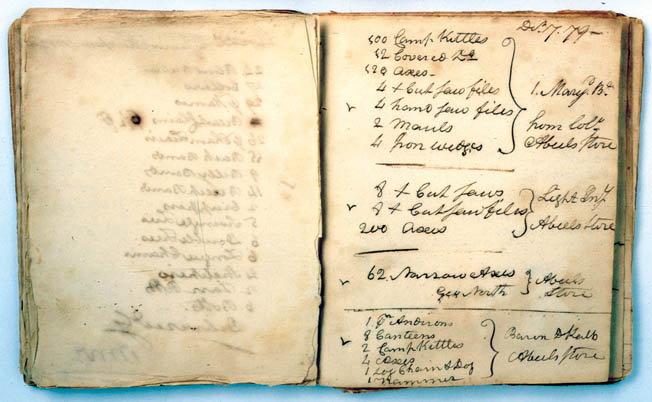
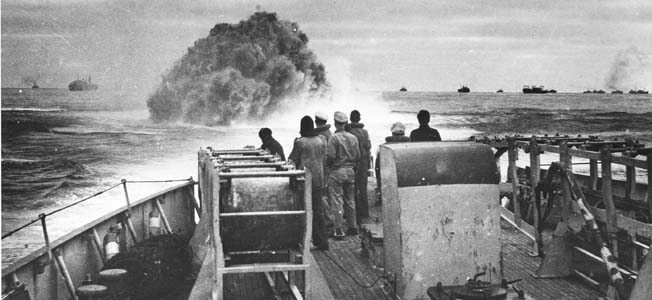
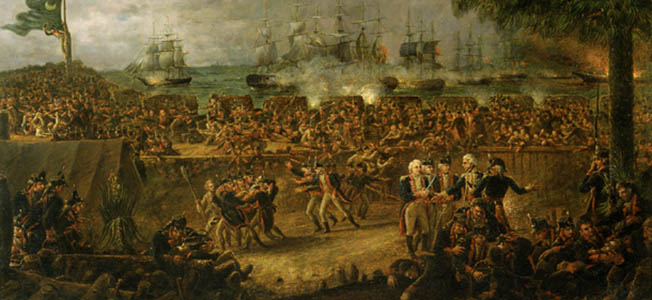
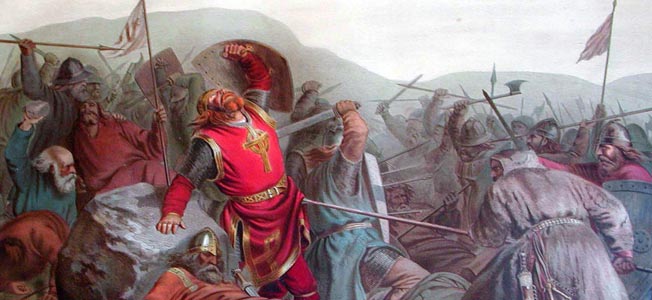
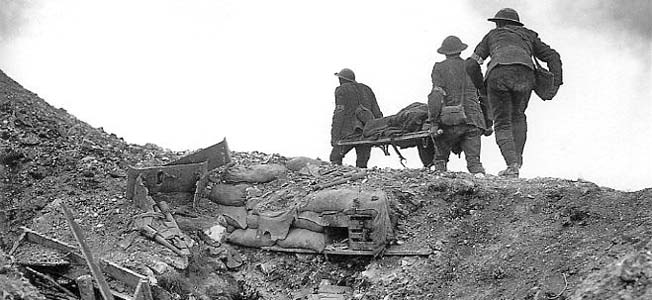
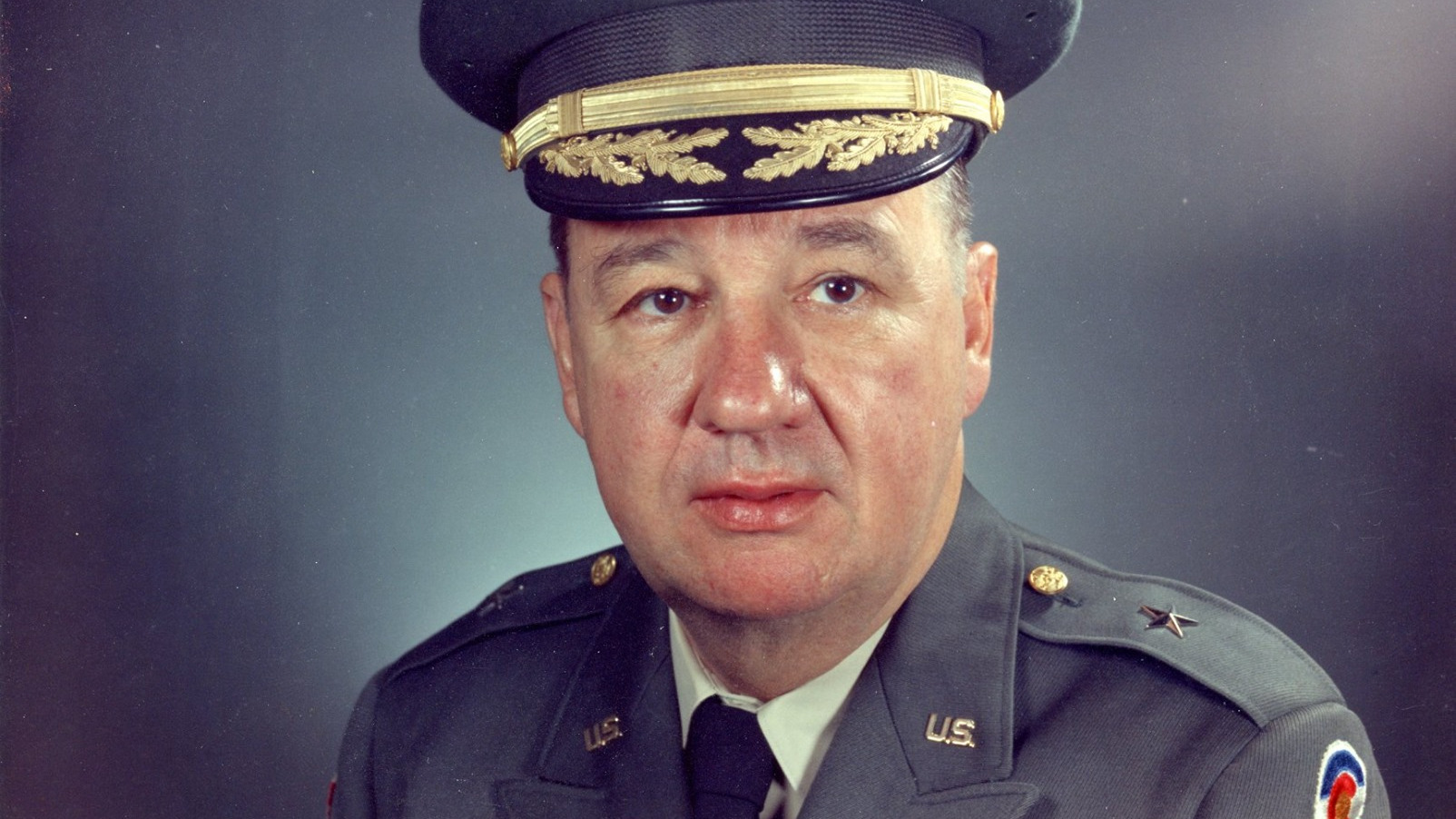
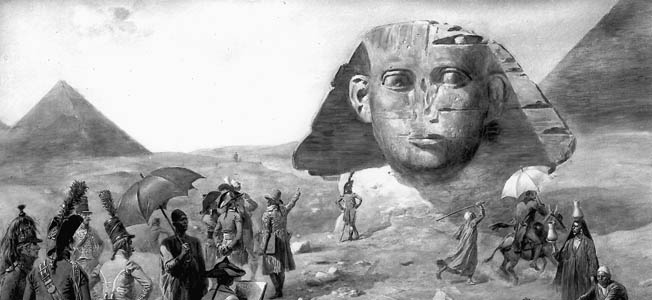
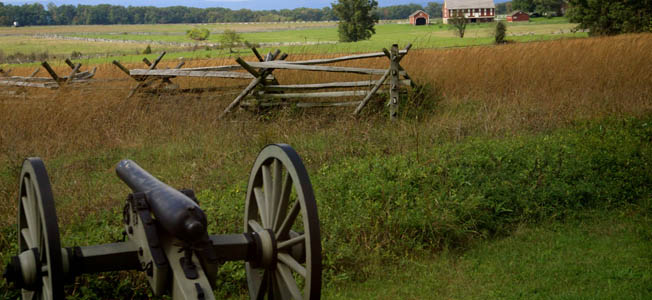
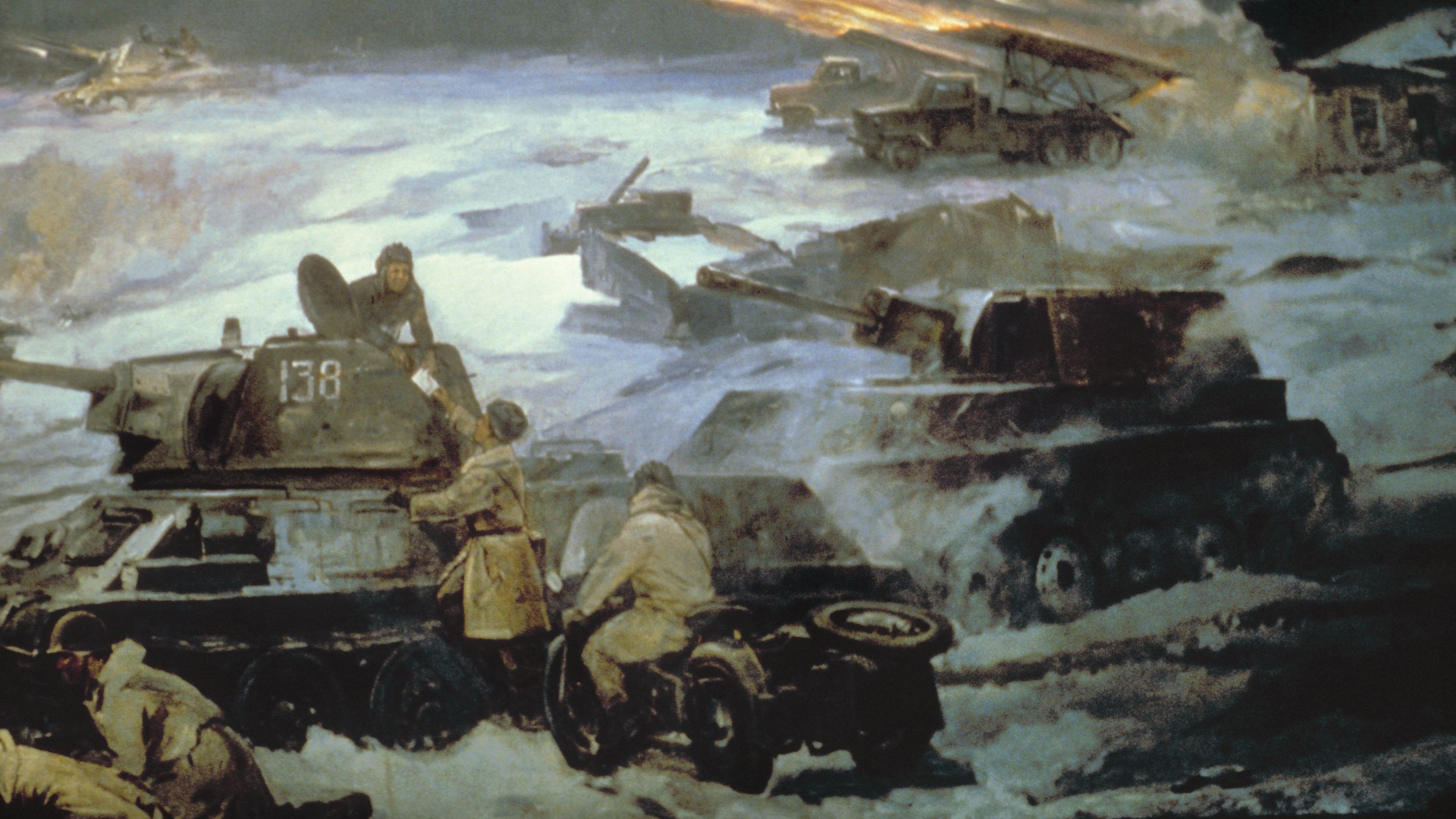
Join The Conversation
Comments
View All Comments